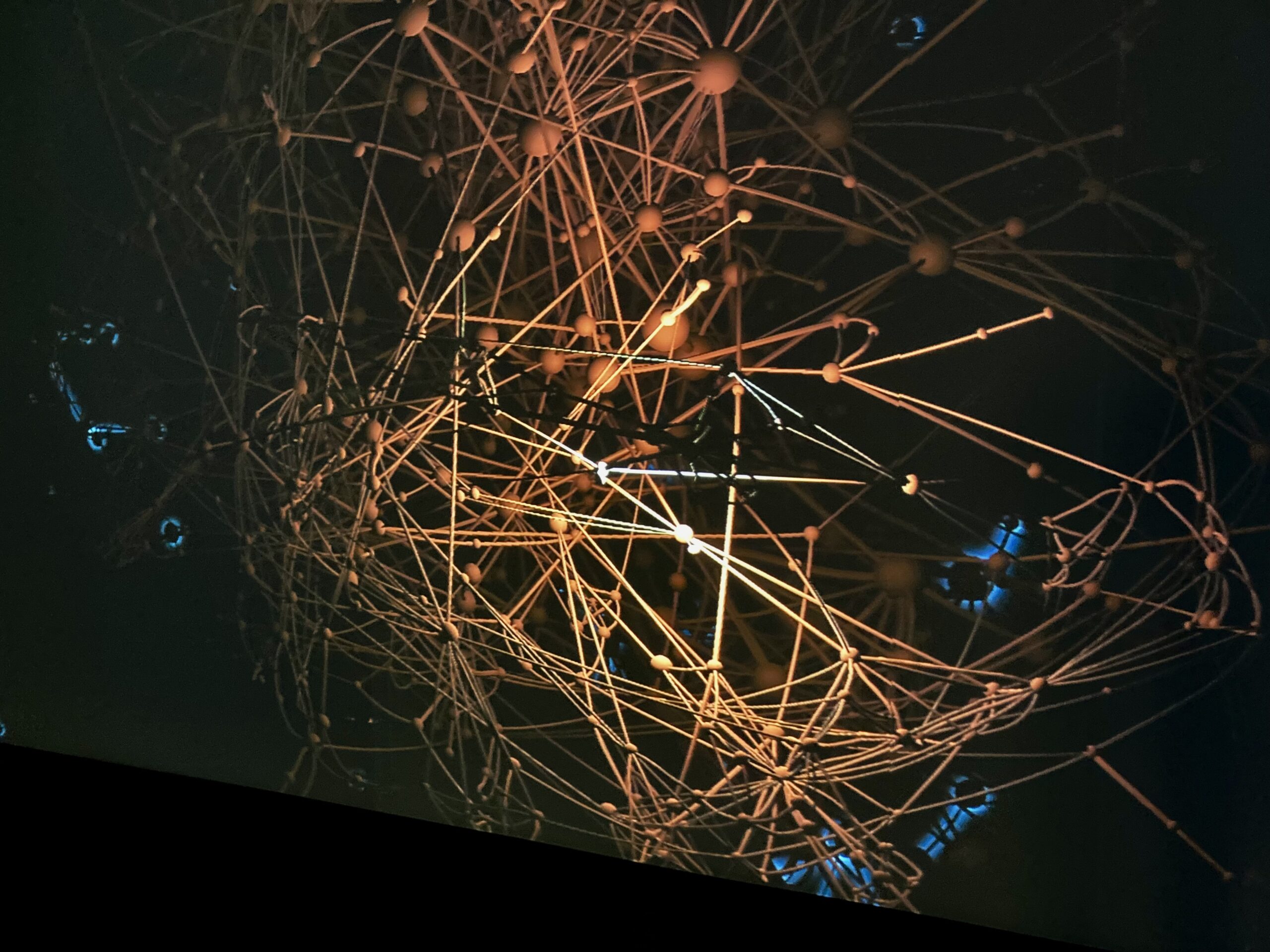Data visualization for understanding reality

The exponential growth in the amount of available data today poses a significant challenge: how can we make these complex data understandable and meaningful? The answer to this question is often found in data visualization, a practice that aims to translate abstract data into clear and engaging visual representations.
Humans are visual beings, and the understanding of abstract concepts can often be facilitated through images and graphs. Data visualization, or the representation of data, plays a key role in making data understandable to a wide range of people, from policymakers to scholars and the general public.
The complexity of data can be overwhelming, but a well-designed visualization can simplify it, highlighting patterns, trends, and relationships that would otherwise be difficult to discern. Data visualization is an effective means of communicating complex information clearly and concisely. A well-crafted graph can convey a message more quickly than could be done with a lengthy description. Graphs can help identify trends, patterns, or anomalies in data. This capability is essential for making informed decisions based on a deep understanding of reality. Data visualization is not just for experts. An appealing design can engage the general public, making data accessible and relevant to everyone.
With the advancement of technology, numerous tools are available that simplify the creation of data visualizations. Some of these include Tableau, Power BI, Python with libraries such as Matplotlib and Seaborn, and many others.
While data visualization offers significant advantages, it is essential to be aware of associated challenges. Choosing the wrong type of chart or manipulating data deceptively can lead to misleading interpretations.
Data visualization is a powerful resource for understanding reality through data. A well-designed image can transform abstract data into clear and accessible information, leading to more informed decisions and a deeper understanding of the reality that surrounds us. In an era where data is abundant, data visualization proves to be an indispensable ally in making sense of the chaos of information.
Previous





